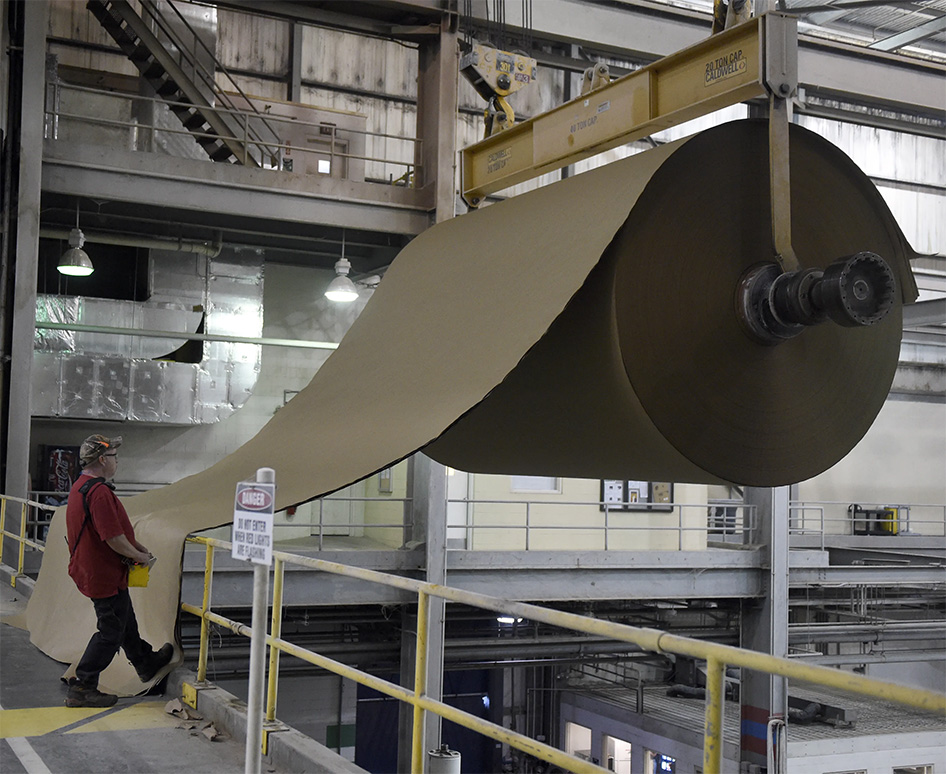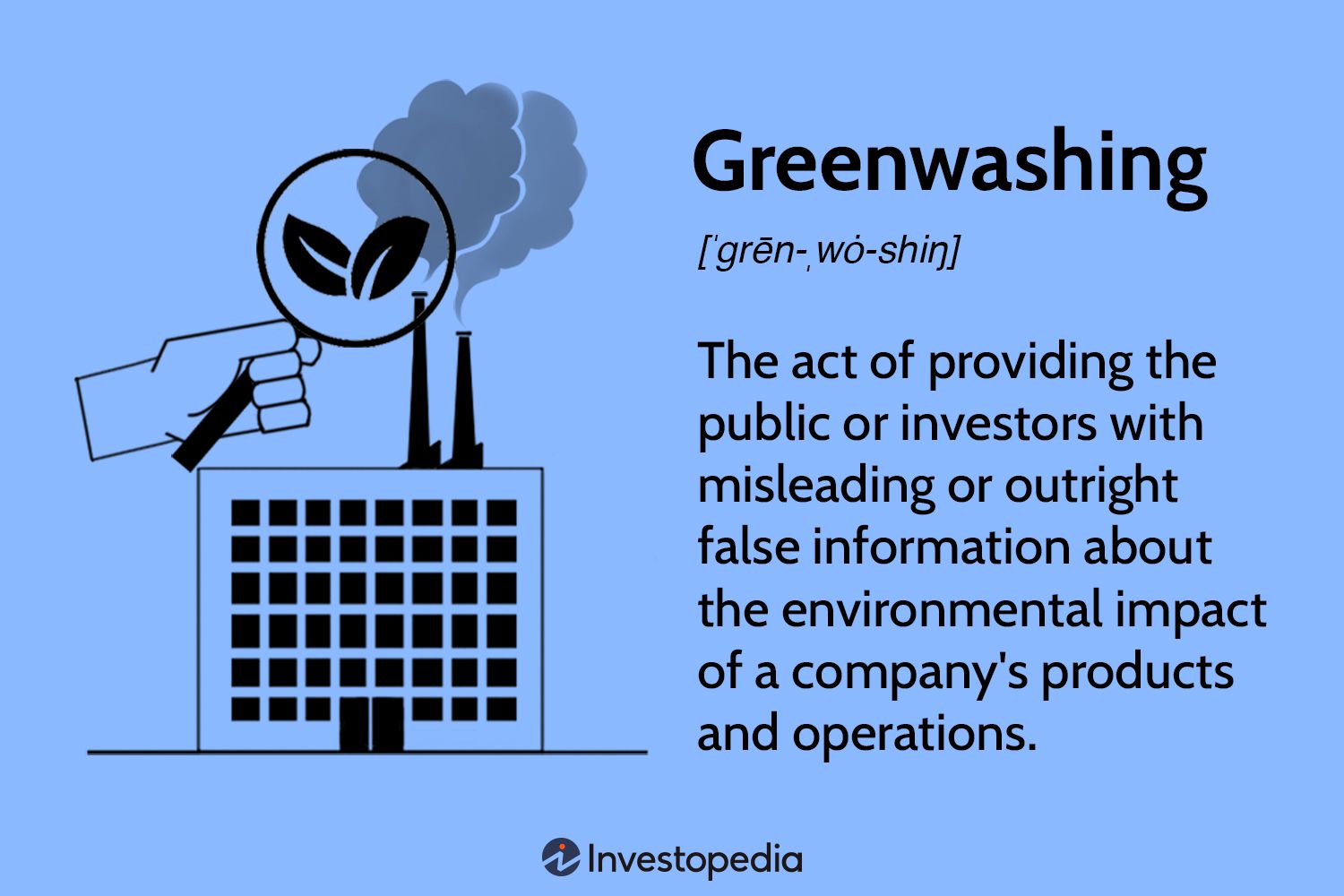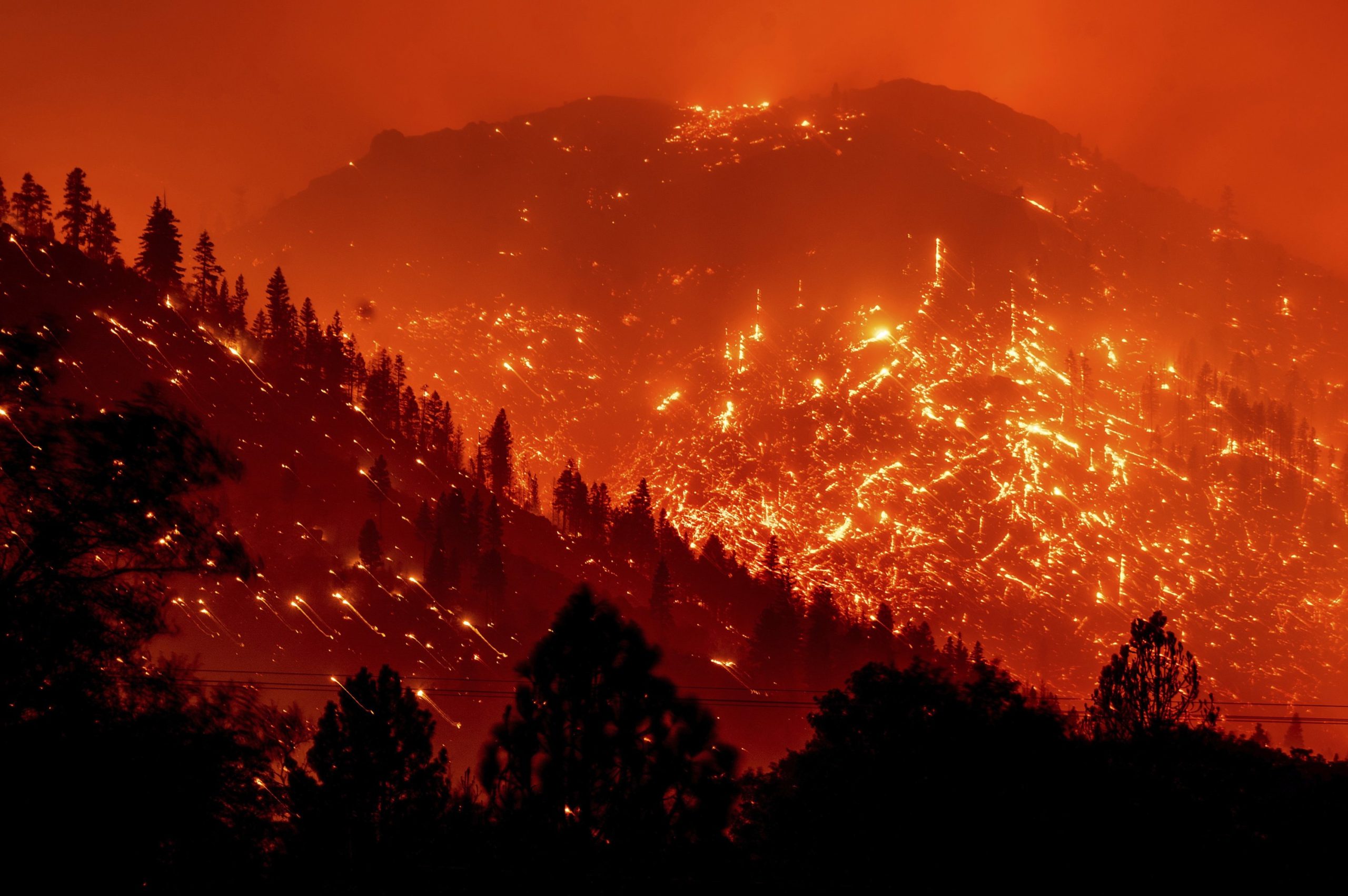
Clampitt Paper School
Last Friday, our newest PIA MidAmerica employees attended Clampitt’s Paper School. Clampitt holds this paper school 4 times a year and if you have not taken part in a paper school course, I would highly suggest finding one nearest you.
Paper-Making
It started with an introduction to paper-making. The class started with a rudimentary example of how we can make paper with just water, “tree bark” (toilet paper), and a “current” (blender). With these 3 simple tools and a sifter, we were able to collect the pulp that was being collected in a vat of water and create a sheet of paper. Though it may be rough and not as clean, or luxurious as the paper we produce today, it was a painless, and pretty simple way to produce a sheet of paper that could be used like any other. After that fun demonstration, we moved on to how paper is produced today, and boy has the process changed.
Modern Paper Making

As easy and as painless as it was to produce our paper if that was still the process we used today, we would either need a lot more toilet paper or a lot less paper. The creation of paper is a lot more complicated it uses many complex machines, substrates, additives, and so much more water. One thing that I did not know is that for every kilogram of paper, roughly 100 gallons of water is used. Water is a very important ingredient in the paper-making process, helping process our wood and other ingredients into a pulp mixture that helps start the building block of every piece of paper we use today.
Pulp
Now we can’t just use water to create paper, we need a basis to build from, and that basis is pulp. Pulp is created from primarily wood from trees. Now there are many different types of trees but we classify types of trees into two different groups, hardwood (deciduous trees), and softwood (conifer trees). Most of the paper we use today comes from softwood trees because of their strength and ability to better bleach the paper, but we still use hardwood pulp and even combinations of the two. While we usually think that paper is created from just wood from trees that is not entirely true. While most of the paper we use is created from wood, other types of paper use cotton in the process, which drastically changes the texture, color, and quality of the paper.
Additives
In most cases nowadays the word additives brings along a bunch of bad connotations, but not for paper-making. Additives are the things that make sure that our paper is a lot more sturdy, a lot more colorful, and a lot more defined than the original way of making paper. We use many different additives and whitening agents to ensure that the paper has a consistent tactile strength and color. Some examples of the additives we use today are bleach, titanium dioxide, clay, calcium carbonate, starches, and many different types of dyes and fluorescents. Without the additives that we use today, we would not be able to have that clean white finish that we have grown accustomed to when grabbing it from our copier.
Paper and the Environment
Growing up I always heard the jargon of how I needed to keep an “ecologically green footprint” in my everyday life. This was another marketing push to shift the blame onto the everyday person and dissuade us from looking at the real reason. Even if every single individual kept a 100% “Green Footprint” we would only be able to bring down the state of pollution by ~30%, while larger corporations around the world still contributed over 70 percent of the waste and pollution in the environment. And now that the idea of a “Green Footprint” has lost its luster “Going Green” is the latest push from major corporations to shift the blame. The idea is that companies will cut down on the paper that they use on an everyday basis and it will protect the environment healthy and ensure that they are aware of the impact of trees with the use of paper. Well most people (myself included) took this idea at face value, you can only use a piece of paper once and then you have to throw it away, that doesn’t seem very healthy for the environment. I would say this to myself as I tossed away my phone because it started acting a bit slower than I’d liked so I can go purchase a new one that will face the same treatment in 2-3 years. While the idea of throwing a piece of paper away after one use, at least it can be recycled, or worst case scenario it still is biodegradable and will decompose in a month, that old phone can’t.

Tree Farms and the Impact on the Environment
Another common misconception that has been spread around is that companies roam around trying to find forests to cut down and produce paper. This is just flat-out false and is something that we need to be educated on. Like every other type of plant that we use for commercial use, trees are no different. Just like you see a corn, or wheat farm driving around the paper industry has certified tree farms. In the United States and Canada alone we have over 15% of the world’s forests and we continue to grow that number with the increased number of trees that we plant each year. We have a continued net tree growth of 30% alongside increasing the forest areas of 11 states by 25%. While trees are being cut down to produce paper, the industry has made a very conscious effort to increase the amount that is planted to offset the amount of trees lost, and the more paper that is produced the more trees that are planted.
Recycling and the FSC
Now if we try to say that the paper industry has always been the best for the environment since its inception we wouldn’t be telling the truth, but have recognized this and have taken great steps to ensure that we are helping the environment as much as we can. We have increased our efforts to retain and reuse the fibers in old paper through recycling. in the 90s we had a fiber retention of around 30%, ensuring that we are able to reuse the old fibers 3 – 4 times. In recent years we have increased that percentage to around 66% of old fibers being used 5 – 7 times before they become unusable. We are still trying to discover other ways to increase that number to a higher percentage so no paper goes to waste unrecycled and unused. We have many organizations that are used in the paper industry to monitor and make sure that our paper companies are taking the proper steps to stay good for the environment. One of the major companies that we use is the FSC (Forest Stewardship Council). Like a food inspector to restaurants, the FSC will perform visits to guarantee that the paper and each step of the paper-making process adhere to the rules and regulations that have been set to keep the environment safe. When buying paper make sure to look for the FSC logo so you are supporting paper-making companies that take the extra steps to provide us with ecologically safe paper. With the many steps and acts that we have created to monitor the paper-making industry, we can say that 47% of forests in the United States and Canada are certified as environmentally clean.
What is Really Killing the Trees

Since 2020 almost 25 MILLION acres have been burnt in the United States alone reported by the National Interagency Fire Center. In 2020 alone over 10 million acres were lost to forest fires, and not to the paper industry. Many of these forest fires are caused by human negligence, a campfire, discarded cigarettes, or even malicious acts like arson. With less rain and more droughts, it is easy for one small careless act to completely destroy miles of forests endangering both human and animal life. In Colorado, since their winters have not reached the record colds they have had in the past there has been an increased deforestation effort from the Mountain Pine Beetles. Usually, Mountain Pine Beetles are a normal part of the ecosystem, but since fewer are being killed off during the winter their population numbers have skyrocketed. These beetles don’t just affect Colorado but are ranked “first in destructiveness among the tree-killing bark beetles”, and affect many states in the west says Herbert C. Frost, Associate Director of Natural Resource Stewardship And Science for the National Park Service in his report to Office of Congressional and Legislative Affairs. Mr. Frost states that “Tree mortality from this outbreak is estimated to have now occurred on nearly 8 million acres nationwide”.
